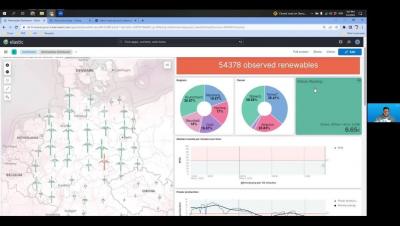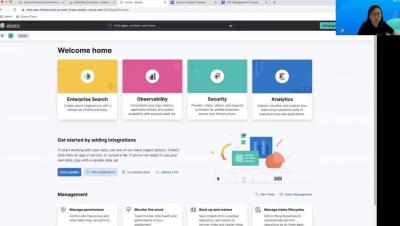Harnessing an observability solution to gain valuable insights into business operations
In my previous articles, I discussed how to design considerations for observability solutions and how observability can augment your security implementation. In this article, I will discuss how an observability solution can provide valuable insights into your business operations through the collected data from various systems, applications, and services.











